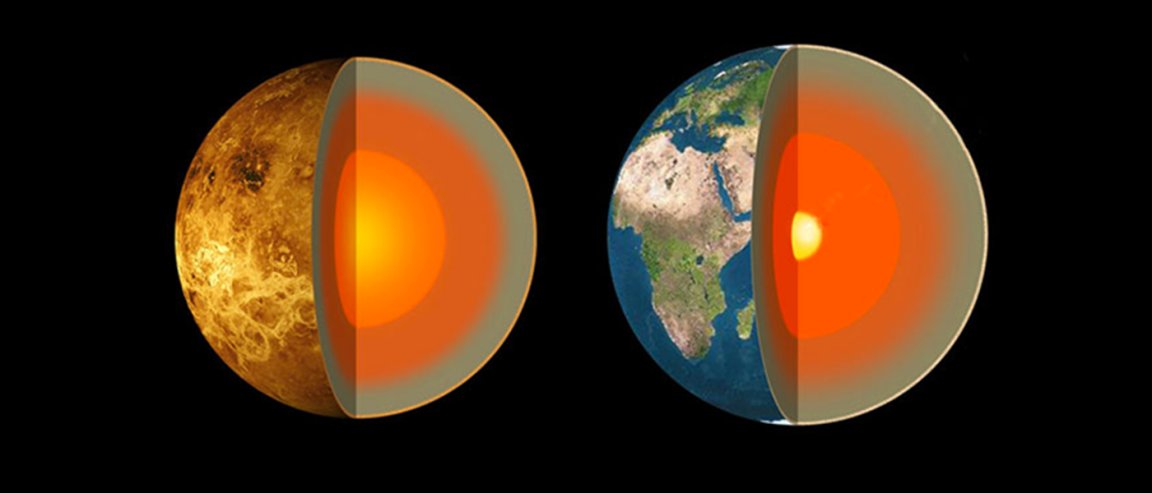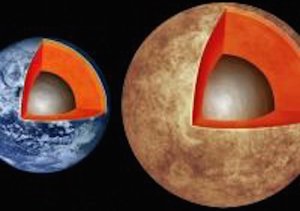
Finding Earth-like Worlds
If you remember basic geology, our Earth is composed of a thin outer crust, a thick mantle, and a molten core that is about the size of Mars. The question that scientists have been asking since the sighting of other rocky exoplanets orbiting other stars is, is this structure universal?
The answer, apparently, is “yes.”
“We wanted to see how Earth-like these rocky planets are. It turns out they are very Earth-like,” says lead author Li Zeng of the Harvard-Smithsonian Center for Astrophysics (CfA).

Here’s how Zeng and his team reached this conclusion: A computer model, which is known as the Preliminary Reference Earth Model (PREM), was used as the standard model for Earth’s interior. They then adjusted it to consider the different masses and compositions of other worlds, applying it to the six known exoplanets, using their measured masses and physical sizes.
The result?
The work revealed that, despite a number of notable differences between these worlds and Earth, it seems all six should have a nickel/iron core. Notably, this should comprise about 30 percent of the entire planet’s mass. The remainder makes up the mantle and the crust, just like it is with Earth.
Understanding Earth
“We’ve only understood the Earth’s structure for the past hundred years. Now we can calculate the structures of planets orbiting other stars, even though we can’t visit them,” adds Zeng.
The new code can also be used to study smaller and icier worlds, including moons and dwarf planets located outside of the solar system. For instance, when the mass and size of Pluto was inputted into the model, it reveals that Pluto is made up of one-third ice—largely water ice, but also ammonia and methane ice.
The research team, composed of Li Zeng, Dimitar Sasselov and Stein Jacobsen will soon be published in The Astrophysical Journal.